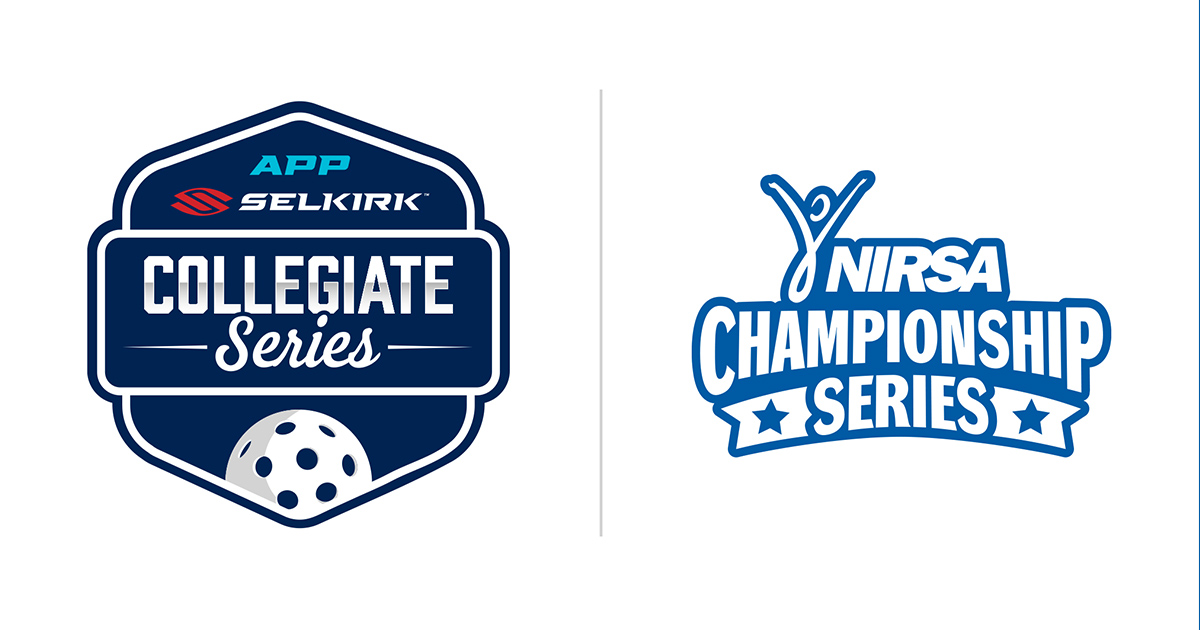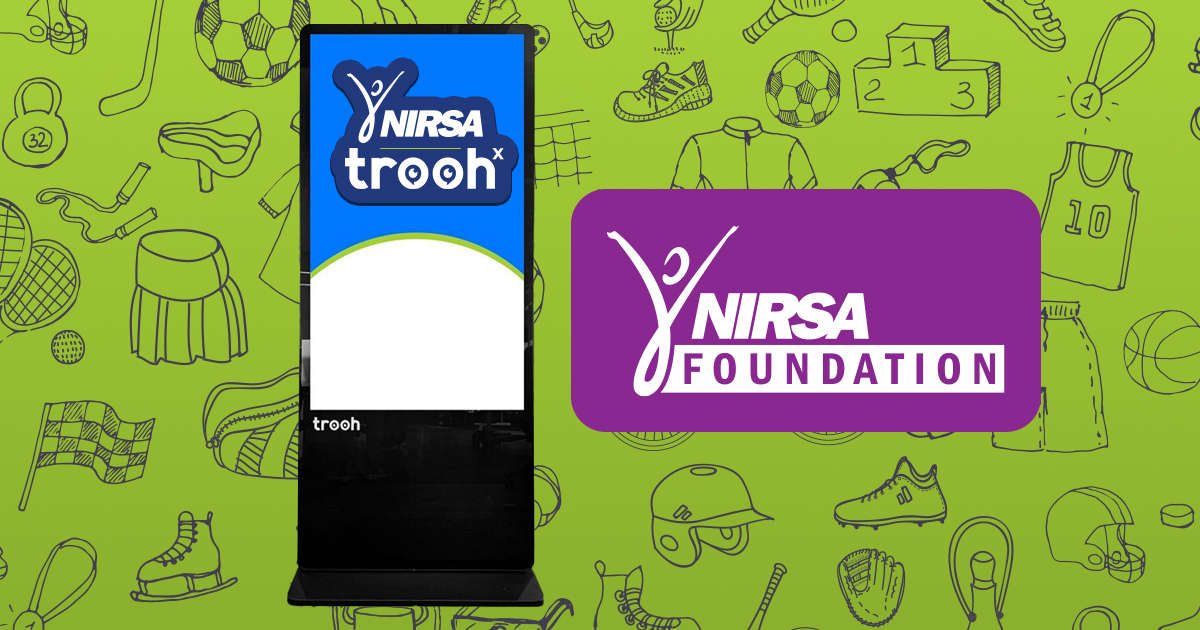By Rachel Koretsky, founder of upace App
About 67% of a university’s female population will practice habits of an eating disorder. And, sadly, 10-15% of those students will be clinically diagnosed with one while another 10% will die from their disorder. These are startling numbers to consider as we begin National Eating Disorder Awareness Week, and I believe they prompt us to ask ourselves what we can do to create change.
Typically, in combating eating disorders we focus on campus resources, protocols, and staff training. And while these are all extremely important, we often forget to question the impact that our fitness marketing has on eating disorders. What we need to realize is that 90-95% of college students diagnosed with an eating disorder are actually members of fitness centers. This could be because individuals are more susceptible to eating disorders during times of transition, and every year of college is a significant change.
Those of us in the university fitness community have a strong influence on what it means to be fit and healthy while in college, and we have to be conscious of that influence and careful in how we promote our programs and their benefits.
“Our role in collegiate recreation is to inspire healthier lifestyles. Our university students’ wellness is a top priority,” says Stacy Trukowski, Interim Executive Director of Recreation at Rutgers University. “Messaging and programming should represent life balance as a priority. We want our students to see the value of exercise in increasing energy, health, and happiness as opposed to looking perfect in a bikini. Recreation can play an important role on a campus in the awareness and prevention of eating disorders.”
A common problem
Let’s look at an all-too-common example of how good intentions exacerbate the problem:
Meghan runs the fitness center at a large university. To increase awareness and participation in the center, she decides to create a marketing campaign centered around healthy eating. She develops this campaign with images of cookies, pasta, and candy accompanied by the wording “Get this out of your dorm room.”
To a student who already has an eating disorder, this kind of marketing could make their disorder worse because the signal is it that they are not allowed to eat those kinds of foods. While Meghan’s intentions were positive, the images portraying a near perfect student can actually cause students to develop an eating disorder by sending the message that they have to follow unrealistic diets in order to become fit.
Examples like this illustrate why we need to expand our awareness from promoting fitness to promoting healthier lifestyles students can maintain for the rest of their lives. Ultimately, this is our greater goal. And this is why at upace, we try to always direct our marketing toward body positivity, self-empowerment, and the practice of self-care.
Going back to the example with Meghan, our approach at upace would be to show images of a student eating a cookie after their yoga class. Wording we may use is “Workout Accomplished.” Our goal would be to show that exercise and nutrition should go hand-in-hand.
We have to remember that, for some, eating a cookie now and then is their “healthy”—and we want to encourage students to find their individual balance. This marketing approach creates images and messages that are crucial for students to feel, hear, read and, ultimately, to practice healthy lifestyles.
Three questions
A simple but powerful starting point for a marketing campaign—as you develop a website, poster, or begin a social media effort—can be built around three basic questions.
- Are the images relatable? It’s important to promote self-care at every step of your fitness outreach so that you can help students set realistic goals and expectations. We are referring to body images, food, and workout intensity.
- Does the wording encourage students to feel Body Positivity? The wording choice is crucial to set the expectation of generating healthy fitness goals. A professor at American University’s Public Health and Nutrition program advises, “Take the focus away from calories, numbers, and weight loss, and ask questions that lead your members to listen to their own bodies with their fitness journeys.”
- Do we reach people inside and outside the gym? Instead of asking people to come to the facility, the goal should be to help them understand WHY they should. Some reasons could include things like stress management, anxiety relief, and better grades. But notice that none of these are about unrealistic physical expectations.
While these questions don’t offer a perfect solution for all fitness marketing campaigns, they do make us more conscious of the inadvertent messages we can often communicate—messages that unintentionally deepen or cause problem for students with eating disorders.
Information and statistics through Destructivity Fit and researchers Fitzsimmons & Arcelus. Thank you to American University’s Public Health and Nutrition Program for their assistance and support in writing this article.







